Growing up in a Filipino household where we had to be mindful of our grocery budget, I discovered this Chicken Kare-Kare recipe as a delicious alternative when beef or oxtail prices were soaring at the palengke.
Instead of the traditional but pricey oxtail version my Lola used to make, I'd cook this budget-friendly chicken version that still captures that rich, nutty sauce we all love.
You'll be amazed at how the humble chicken can transform into something so special: the meat becomes tender and flavorful in the thick peanut sauce, while the vibrant vegetables add the perfect crunch.
It's become such a hit at our family table that my kids now prefer this version over the traditional one, especially when served with steaming white rice and a generous dollop of bagoong on the side.
Jump to:
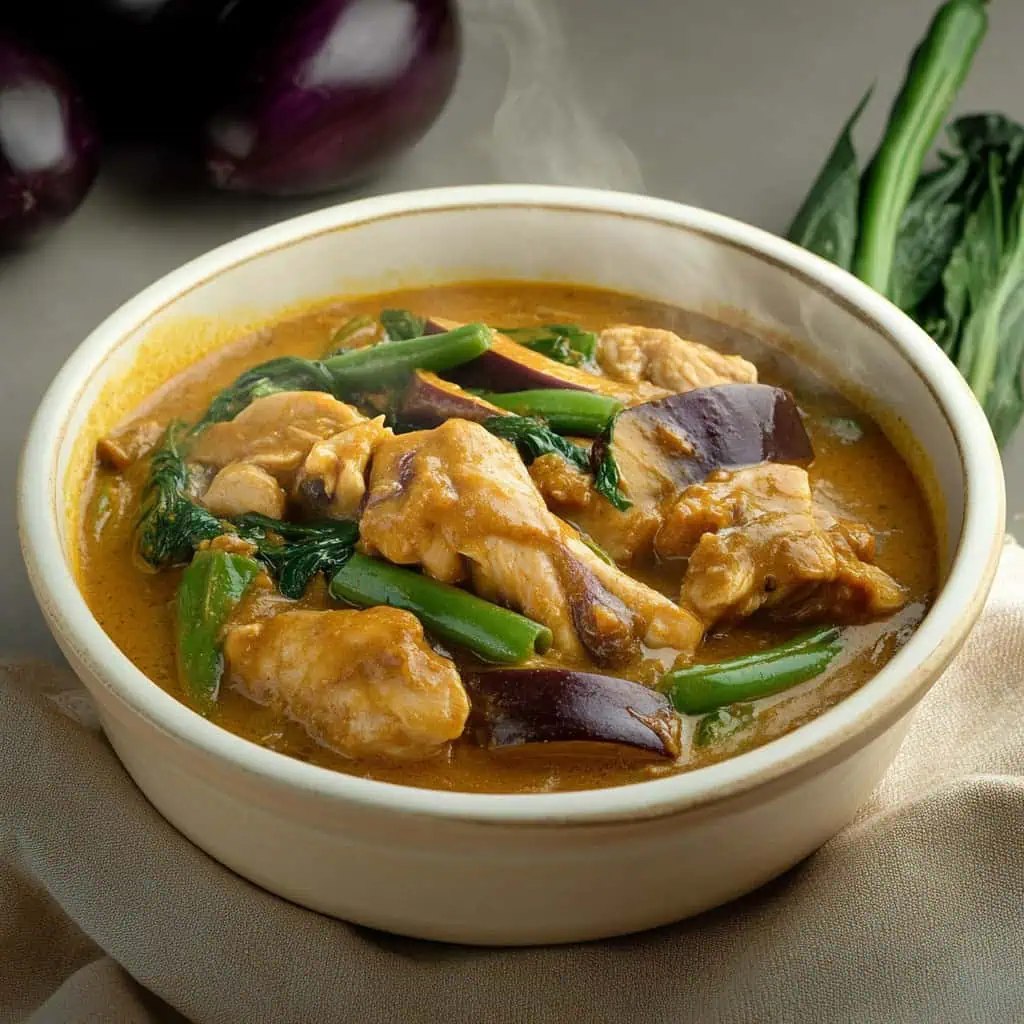
Why You'll Love This Recipe
- Weeknight-Friendly: Much quicker than traditional oxtail kare-kare
- Budget-Smart: Uses accessible chicken instead of expensive cuts
- Family-Favorite: Rich, nutty sauce that kids and adults both enjoy
- Versatile: Can be made ahead and freezes well
- Nutritious: Packed with vegetables and protein
- Authentic Taste: Captures the essence of traditional kare-kare
Ingredients
Each ingredient in this Chicken Kare-Kare plays an essential role. Chicken provides a tender, budget-friendly protein that absorbs flavors beautifully. Peanut butter delivers the signature rich, nutty base that defines kare-kare.
Toasted rice flour adds thickness and depth while annatto powder gives the dish its distinctive golden-orange color. The vegetable trio of eggplant, string beans, and bok choy offers contrasting textures and nutritional balance. Fish sauce adds that crucial umami element that brings everything together.
These carefully selected ingredients create a harmonious dish that honors traditional Filipino flavors while making it accessible for everyday cooking.
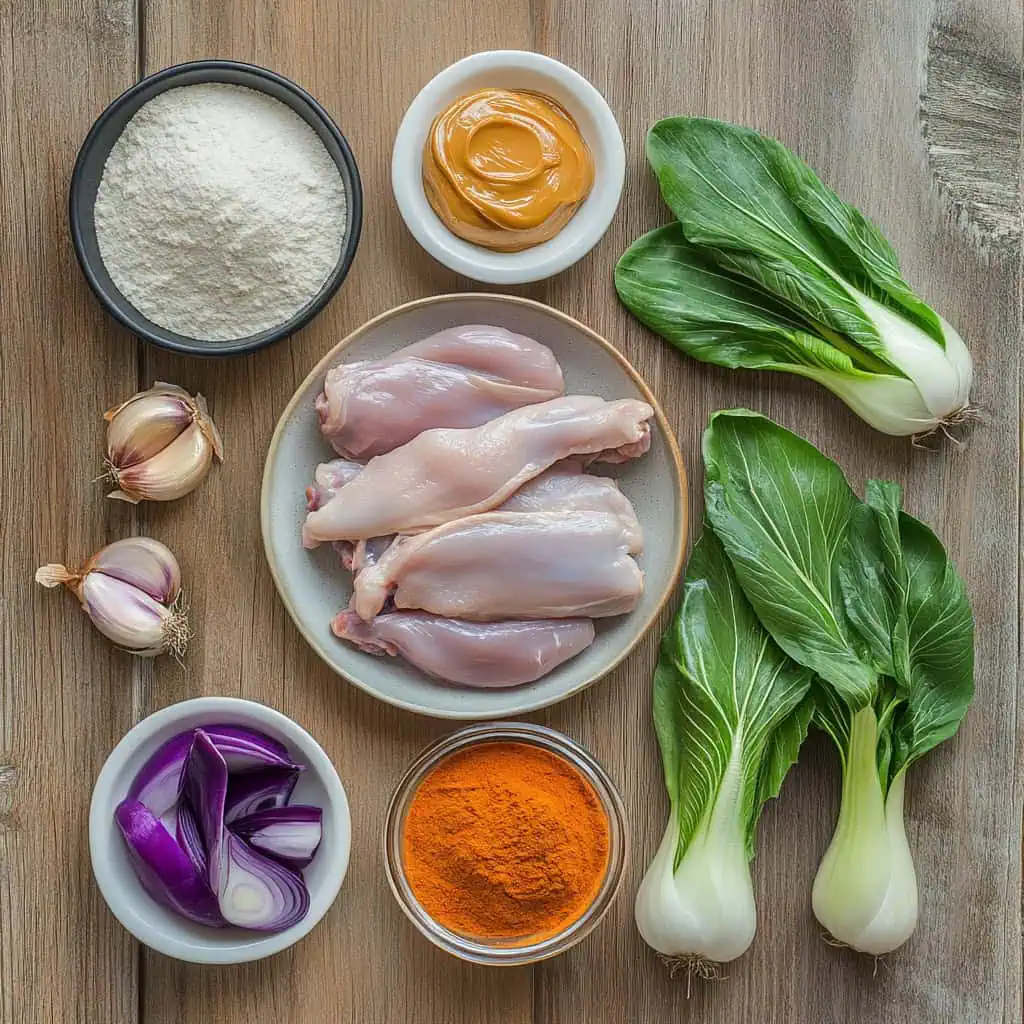
For the Chicken and Sauce:
- 3 pounds chicken, cut into serving pieces - preferably a mix of bone-in thighs and drumsticks for best flavor
- ½ cup peanut butter - provides the rich, nutty base for the sauce
- 2 tablespoons rice flour, toasted - traditional thickening agent that adds subtle nutty notes
- 1 tablespoon fish sauce - adds savory depth and saltiness
- 1 teaspoon annatto powder - gives the signature orange-red color
- 1 onion, thinly sliced - creates a sweet foundation for the sauce
- 3 cloves garlic, minced - aromatic foundation for the dish
- 3 cups water or chicken broth - forms the liquid base of the sauce
- Salt and pepper to taste - for final seasoning adjustments
- 1 tablespoon cooking oil - for sautéing the aromatics and chicken
Vegetables:
- 2 large eggplants, cut into chunks - absorbs the sauce beautifully
- ½ bundle string beans, cut into 3-inch lengths - adds texture and color
- 1 bundle bok choy, trimmed - provides a fresh, leafy component
- Optional: banana heart, pre-soaked - traditional addition for authentic flavor
Equipment
- Large Heavy-Bottom Pot (Kaldero): Ensures even heat distribution throughout the cooking process, preventing hot spots that might burn the peanut sauce.
- Wooden Spoon (Sandok Kahoy): Perfect for gentle stirring without scratching your pot and ideal for the thick sauce.
- Sharp Knife: Essential for precise cutting of chicken and vegetables to ensure even cooking.
- Measuring Cups and Spoons: For accurate ingredient measurements, especially important for the sauce consistency.
- Small Bowl: Used for mixing the rice flour slurry smoothly before adding to the main pot.
- Strainer: Helpful for washing vegetables thoroughly before preparation.
- Cutting Board: Provides a clean, stable surface for all your preparation work.
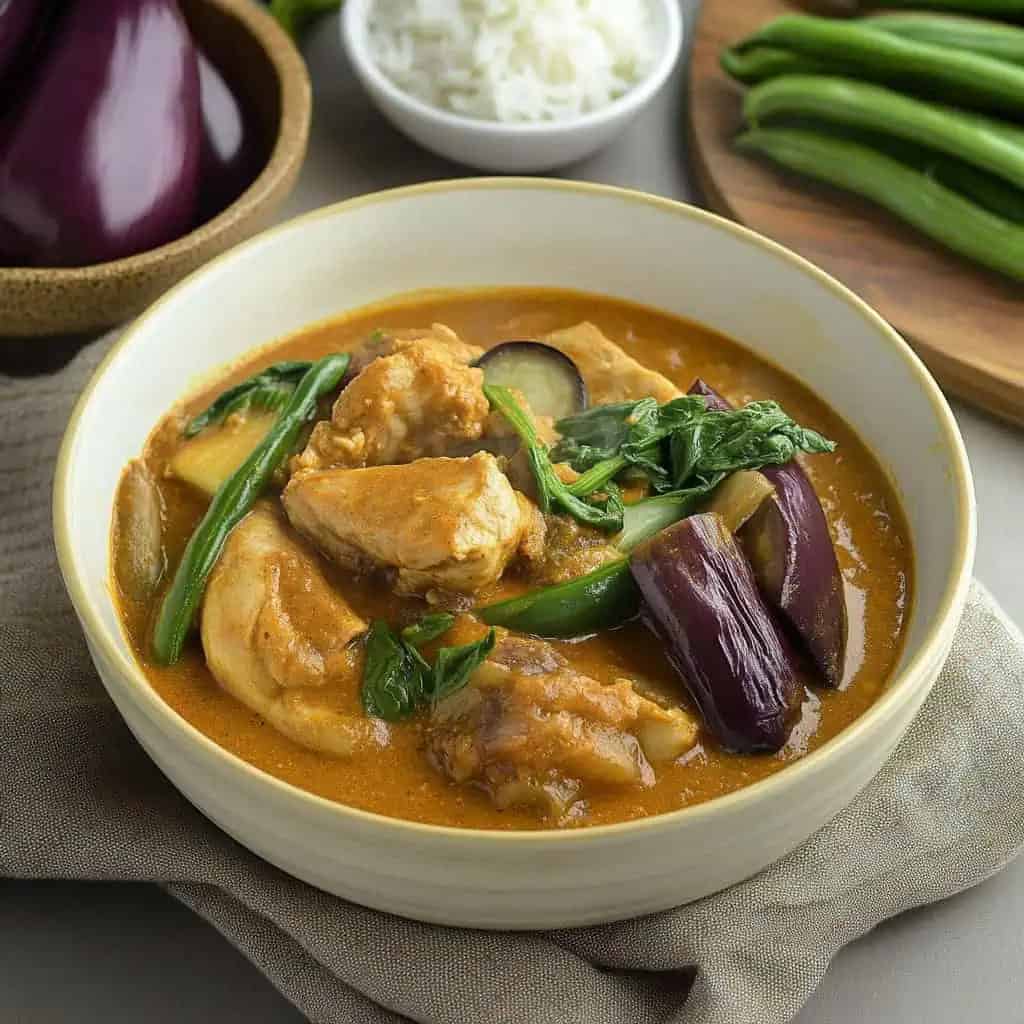
How To Make
- Heat a dry pan over medium heat and toast your rice flour for about 5 minutes, stirring constantly until it turns light golden brown. Take it off the heat and set aside.
- Heat oil in a large pot over medium heat. Add your minced garlic and cook until fragrant, about 30 seconds. Add the sliced onions and cook until they become soft and translucent, about 2-3 minutes.
- Add the chicken pieces to the pot and cook until they're lightly browned on all sides, about 5-7 minutes. Add fish sauce and cook for another 2 minutes.
- Mix the annatto powder with water in a bowl until well combined. Pour this red mixture into the pot and bring everything to a boil. Once boiling, lower the heat, cover the pot, and let it simmer until the chicken becomes tender, about 15-20 minutes.
- Add the cut eggplant and string beans to the pot. Cook them until they're tender but still have a slight crunch, about 5-7 minutes.
- Add the peanut butter and stir until it's completely incorporated into the sauce. In a separate bowl, mix your toasted rice flour with one cup of hot broth from the pot, making sure there are no lumps. Slowly pour this mixture into the pot while stirring constantly.
- Add salt and pepper to taste. Add the bok choy leaves and cook just until they wilt, about 2-3 minutes. The sauce should be thick enough to coat your spoon but still be pourable.
- Let everything rest for 5 minutes before serving. Serve hot with steamed rice and shrimp paste on the side.

Tips from Lola's Kitchen
Perfect Sauce Consistency:
- If your sauce is too thick, add warm water or broth gradually, about 2 tablespoons at a time.
- If it's too thin, mix 1 teaspoon of toasted rice flour with 2 tablespoons of water and add to the pot while stirring.
- For the smoothest sauce, always add the peanut butter when the pot is at a gentle simmer, never at a rolling boil.
Vegetable Perfection:
- Consider cooking vegetables separately if you plan to store leftovers for more than a day.
- Always add vegetables in order of firmness: eggplant and string beans first, leafy greens last.
- Cut vegetables into similar sizes to ensure even cooking.
- Soak eggplant in salted water for 10 minutes before cooking to prevent browning and reduce bitterness.
Enhanced Flavor:
- Lightly toast the peanut butter in a dry pan before adding to develop deeper flavor.
- Use bone-in chicken pieces for a richer, more flavorful broth.
- Add a chicken bouillon cube for extra depth if using water instead of broth.
- Let the dish rest for 10-15 minutes after cooking for flavors to meld before serving.
- For an extra layer of flavor, roast the chicken in the oven for 15 minutes before adding to the stew.
Substitutions
- Chicken: Turkey thighs or firm tofu for vegetarians (reduce cooking time for tofu)
- Peanut Butter: Cashew butter or almond butter (though this will change the flavor profile)
- Rice Flour: Cornstarch (use 25% less) or all-purpose flour (use same amount but cook longer)
- String Beans: Green beans, snow peas, or asparagus cut into similar lengths
- Bok Choy: Spinach, kale, or any leafy greens available
- Annatto Powder: Turmeric (use half the amount) or paprika with a drop of red food coloring
- Fish Sauce: Soy sauce with a pinch of salt (won't be the same but works in a pinch)
- Banana Heart: Artichoke hearts or water chestnuts for texture contrast
Troubleshooting
Sauce Breaking or Separating:
- Problem: Peanut butter separating from the liquid, creating an oily layer.
- Solution: Lower heat immediately, remove from heat if necessary, and whisk continuously until re-emulsified.
- Prevention: Always add peanut butter gradually and keep the pot at a gentle simmer, never a rolling boil.
Vegetables Overcooked and Mushy:
- Solution: If vegetables are already overcooked, remove them immediately and set aside. Reduce the sauce separately, then combine just before serving.
- Prevention: Set a timer when adding vegetables and taste-test frequently. Remember that vegetables will continue cooking from residual heat.
Grainy Sauce:
- Solution: Strain the sauce through a fine-mesh sieve before returning vegetables and chicken.
- Prevention: Make sure to thoroughly mix the rice flour slurry before adding to the pot, and add it in a thin stream while constantly stirring.
Chicken Not Tender Enough:
- Solution: Cover and simmer for 10-15 more minutes in small increments, checking frequently.
- Prevention: Use chicken thighs rather than breasts, and ensure pieces are cut to similar sizes.
Too Salty:
- Solution: Add a peeled, quartered potato to absorb some salt, or dilute with unsalted broth and adjust thickness.
- Prevention: Add the fish sauce gradually and taste before adding additional salt.
Storage & Reheating
Refrigeration:
- Store in an airtight container for up to 3 days.
- For best results, store the sauce with chicken separately from the vegetables.
- Allow to cool completely before refrigerating.
- Cover with a layer of plastic wrap directly on the surface to prevent a skin from forming.
Freezing:
- Freeze the sauce with chicken for up to 2 months.
- Do not freeze the vegetables – they'll become mushy. Instead, prepare fresh vegetables when reheating.
- Freeze in portion-sized containers for easier thawing.
- Label with date and contents.
Reheating:
- Thaw frozen kare-kare overnight in the refrigerator.
- Reheat gently on the stovetop over medium-low heat.
- Add 2-4 tablespoons of water or broth to loosen the sauce.
- Stir occasionally to prevent sticking.
- If reheating in a microwave, use 70% power and stir halfway through.
- Only reheat once for food safety.
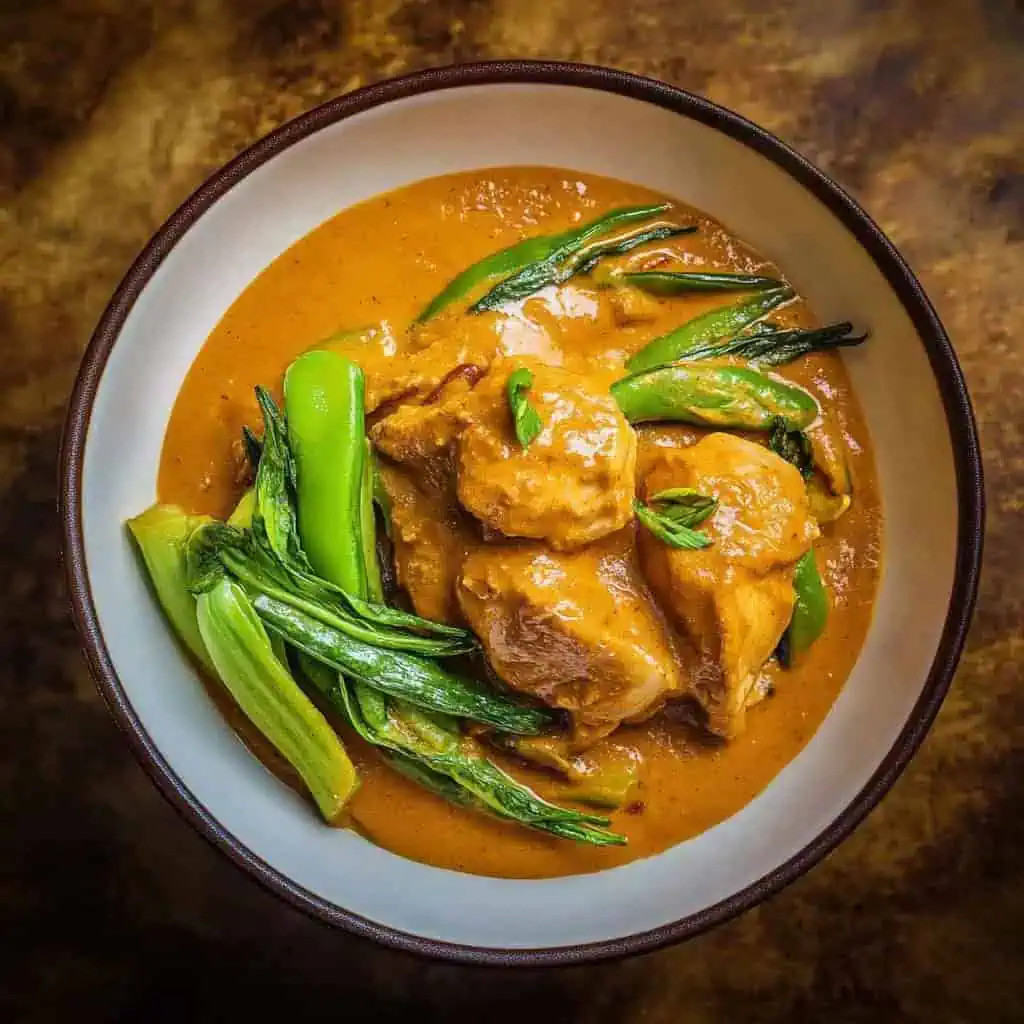
FAQ
Can I make this in advance for a party?
Absolutely! The flavor actually improves after a day. Make the sauce with chicken up to 2 days ahead, but prepare and add fresh vegetables when reheating for the best texture and color.
Why do I need to toast the rice flour?
Toasting the rice flour adds a nutty flavor that complements the peanut butter and prevents the raw flour taste in the sauce. It also helps the flour achieve maximum thickening power without clumping.
Is this authentic Filipino kare-kare?
This is an authentic modern adaptation of traditional kare-kare. The classic version uses oxtail or tripe, but this chicken version has become widely accepted in Filipino homes as a quicker, more economical alternative that preserves the dish's essential flavors.
My sauce became too thick after refrigeration. How can I fix it?
This is normal, as the sauce continues to thicken when cooled. When reheating, gradually add warm water or broth, 2 tablespoons at a time, until you reach your desired consistency.
Can I use natural peanut butter or must I use commercial brands?
Either works fine, but they behave differently. Natural peanut butter tends to separate more easily, so mix it very well before measuring and be extra gentle with the heat. Commercial peanut butter creates a more stable sauce but may contain added sugar and oils.
Can I make this dish spicy?
While traditional kare-kare isn't spicy, you can add heat by incorporating bird's eye chilies (siling labuyo) when sautéing the garlic and onions, or serve with chili-infused bagoong on the side.
How do I know when the chicken is properly cooked?
The chicken should reach an internal temperature of 165°F (74°C). Without a thermometer, ensure the meat is no longer pink at the bone and the juices run clear. For this stew, the meat should be tender enough to pull apart easily with a fork.
Why is my sauce not turning orange-red despite using annatto?
For the best color, soak the annatto powder in hot (not boiling) water for 5-10 minutes before adding to the dish. Make sure your annatto powder is fresh, as it loses potency over time.
Related
Looking for other recipes like this? Try these:

Chicken Kare-Kare (Kare-Kareng Manok)
Equipment
- Large Heavy-Bottom Pot (Kaldero) For even heat distribution
- Wooden Spoon (Sandok Kahoy) For gentle stirring without scratching
- Sharp knife (kutsilyo) For precise vegetable cutting
- Measuring cups and spoons (Panukat) For accurate ingredients
- Small bowl (mangkok) For mixing rice flour slurry
- Strainer [Salaan] For washing vegetables
- Cutting board (Sangkalan) For preparation work
Ingredients
For the Chicken and Sauce
- 3 pounds chicken manok, cut into serving pieces
- ½ cup peanut butter mantikang mani
- 2 tablespoons rice flour galapong, toasted
- 1 tablespoon fish sauce patis
- 1 teaspoon annatto powder atsuete
- 1 onion sibuyas, thinly sliced
- 3 cloves garlic bawang, minced
- 3 cups water or chicken broth
- Salt asin and pepper (paminta) to taste
- 1 tablespoon cooking oil
Vegetables
- 2 large eggplants talong, cut into chunks
- ½ bundle string beans sitaw, cut into 3-inch lengths
- 1 bundle bok choy pechay, trimmed
- Optional: banana heart puso ng saging, pre-soaked
Instructions
- Heat a dry pan over medium heat and toast your rice flour for about 5 minutes, stirring constantly until it turns light golden brown. Take it off the heat and set aside.
- Heat oil in a large pot over medium heat. Add your minced garlic and cook until fragrant, about 30 seconds. Add the sliced onions and cook until they become soft and clear, about 2-3 minutes.
- Put the chicken pieces in the pot and cook until they're lightly browned on all sides, about 5-7 minutes. Add fish sauce and cook for another 2 minutes.
- Mix the annatto powder with water in a bowl until well combined. Pour this red mixture into the pot and bring everything to a boil. Once boiling, lower the heat, cover the pot, and let it simmer until the chicken becomes tender, about 15-20 minutes.
- Add the cut eggplant and string beans to the pot. Cook them until they're tender but still have a slight crunch, about 5-7 minutes.
- Add the peanut butter and stir until it's completely mixed into the sauce. In a separate bowl, mix your toasted rice flour with one cup of hot broth from the pot, making sure there are no lumps. Slowly pour this mixture into the pot while stirring constantly.
- Add salt and pepper to taste. Put in the pechay leaves and cook just until they wilt, about 2-3 minutes. The sauce should be thick enough to coat your spoon but still be pourable.
- Let everything rest for 5 minutes before serving. Serve hot with steamed rice and shrimp paste on the side.
- Remember to cut your vegetables roughly the same size so they cook evenly. If your sauce becomes too thick, you can add a little hot water. If it's too thin, let it simmer uncovered for a few extra minutes.
Tips from Lola's Kitchen
- Perfect Sauce Consistency
- If sauce is too thick (masyadong malapot), add warm water gradually
- If too thin (masyadong malabnaw), add more toasted rice flour slurry
- Vegetable Timing
- Cook vegetables separately if serving later
- Add firmer vegetables first
- Save leafy greens for last
- Enhanced Flavor
- Toast peanut butter slightly before adding
- Use bone-in chicken for richer broth
- Add chicken bouillon if desired (pampalapot)
Nutrition
The Story Behind Chicken Kare-Kare
Kare-kare, with its distinctive peanut sauce and vibrant vegetables, has graced Filipino tables for generations, traditionally showcasing tender oxtail or tripe as its protein of choice. But as meat prices began soaring in local markets across the Philippines, home cooks started experimenting with more affordable alternatives, giving birth to this ingenious chicken version that's now beloved in many Filipino households.
While the exact origins of chicken kare-kare remain intertwined with countless family kitchens, this adaptation speaks volumes about Filipino culinary resourcefulness. The dish emerged from the practical need to recreate beloved flavors while working within budget constraints, much like other Filipino innovations such as chicken sisig or chicken tocino. What started as a practical substitution has evolved into a legitimate variation that some families now prefer over the traditional version.
The transformation from oxtail to chicken wasn't just about cost-cutting – it revolutionized how often families could enjoy this beloved dish. Traditional kare-kare, requiring hours of slow cooking to tenderize tough cuts, was often reserved for special occasions and weekends. This chicken version, however, brought the rich, nutty flavors of kare-kare into weeknight dinner rotation, making it possible for busy families to enjoy this comfort food more frequently.
The brilliance of chicken kare-kare lies in how it maintains the dish's essential elements – the rich peanut sauce thickened with toasted rice flour, the medley of vegetables like eggplant and string beans, and the crucial serving of bagoong alamang on the side. The switch to chicken simply made this outstanding dish more accessible, proving that innovation in Filipino cuisine often comes from necessity, creating new classics in the process.
Today, chicken kare-kare has earned its place in modern Filipino cuisine, appearing on restaurant menus and family tables alike. It represents the perfect balance between tradition and adaptation, showcasing how Filipino cooking continues to evolve while maintaining its beloved flavors and cooking techniques. Whether you're cooking on a budget or simply prefer a lighter protein option, this version of kare-kare delivers all the comfort and satisfaction of the original, just with a more practical approach.
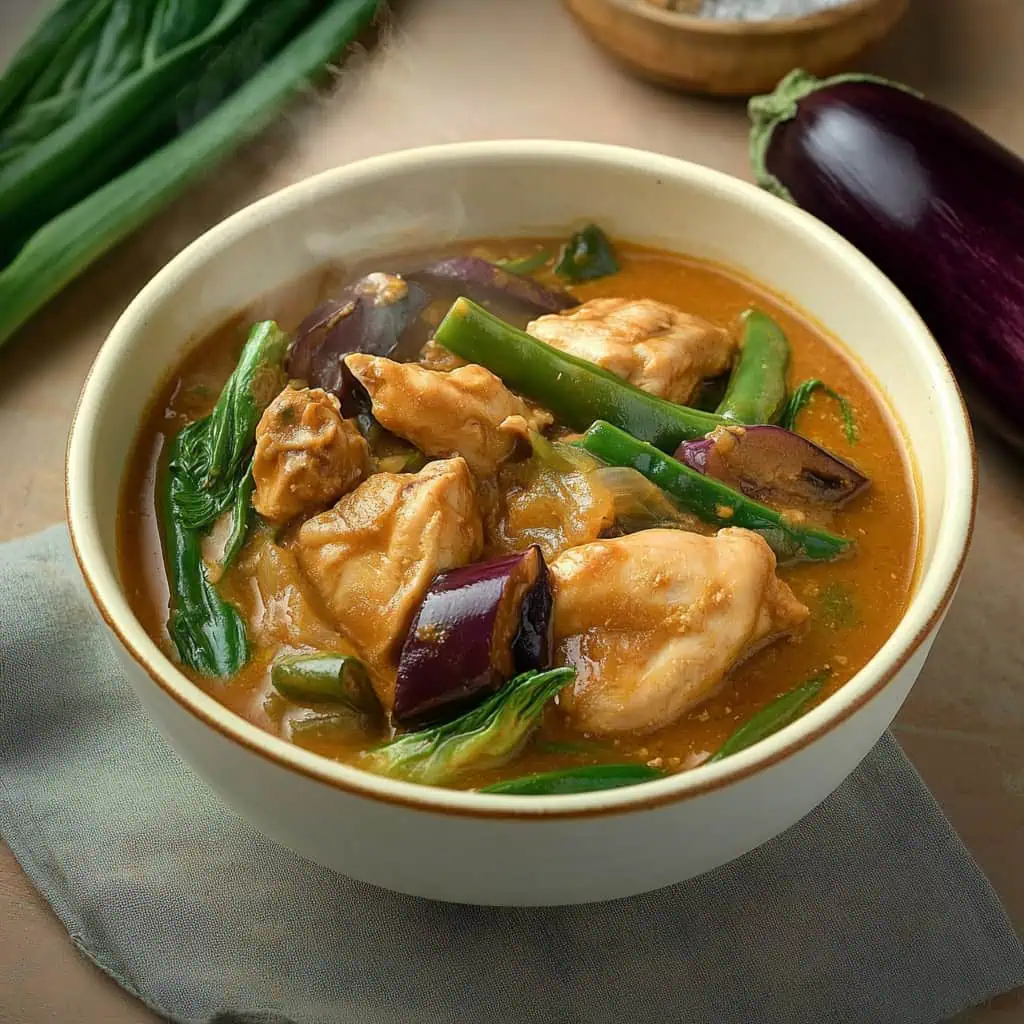

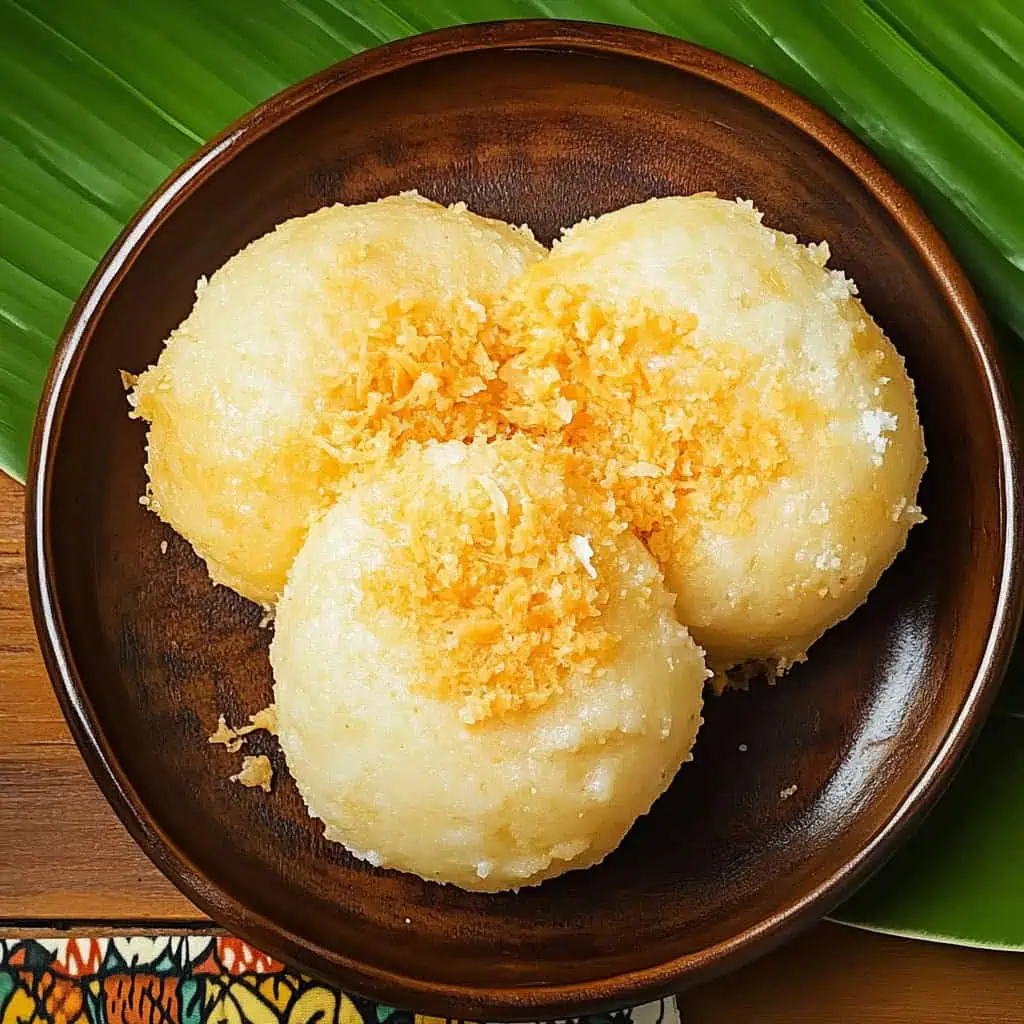
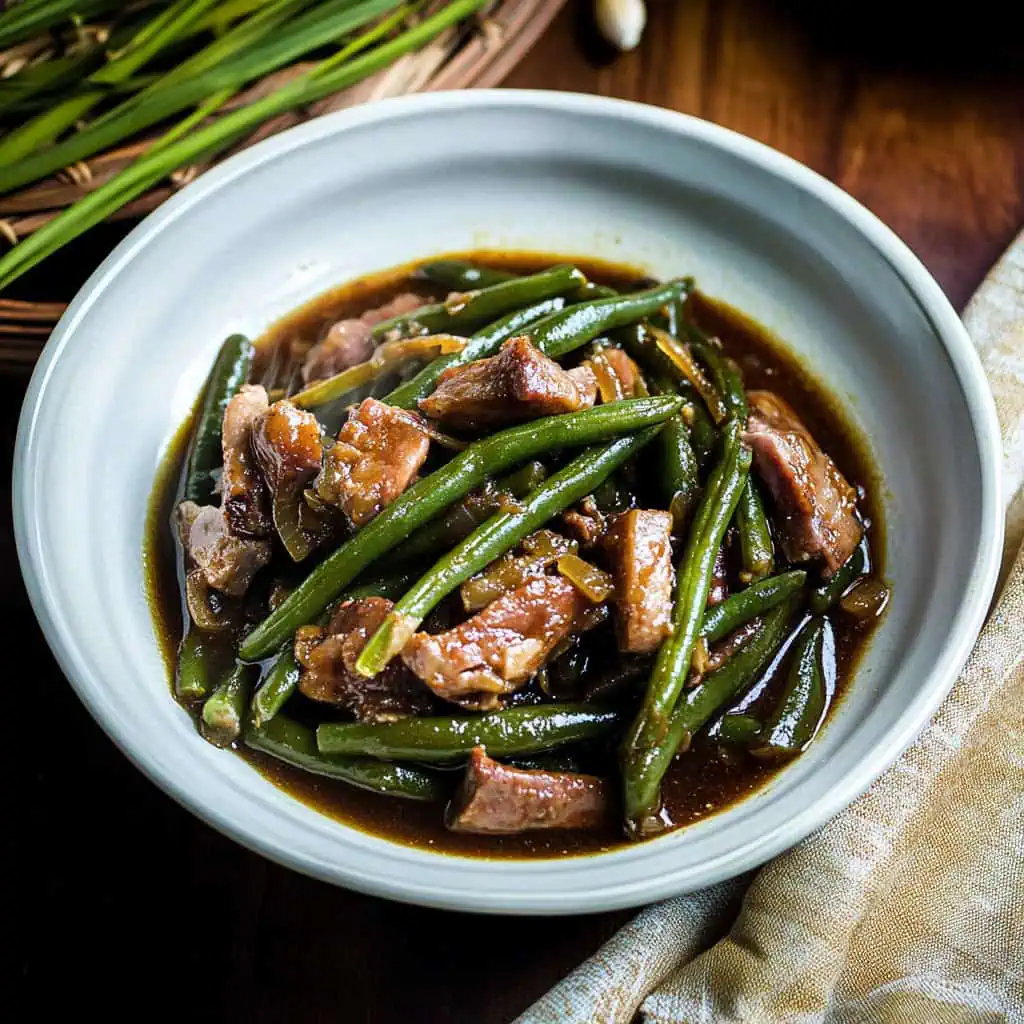

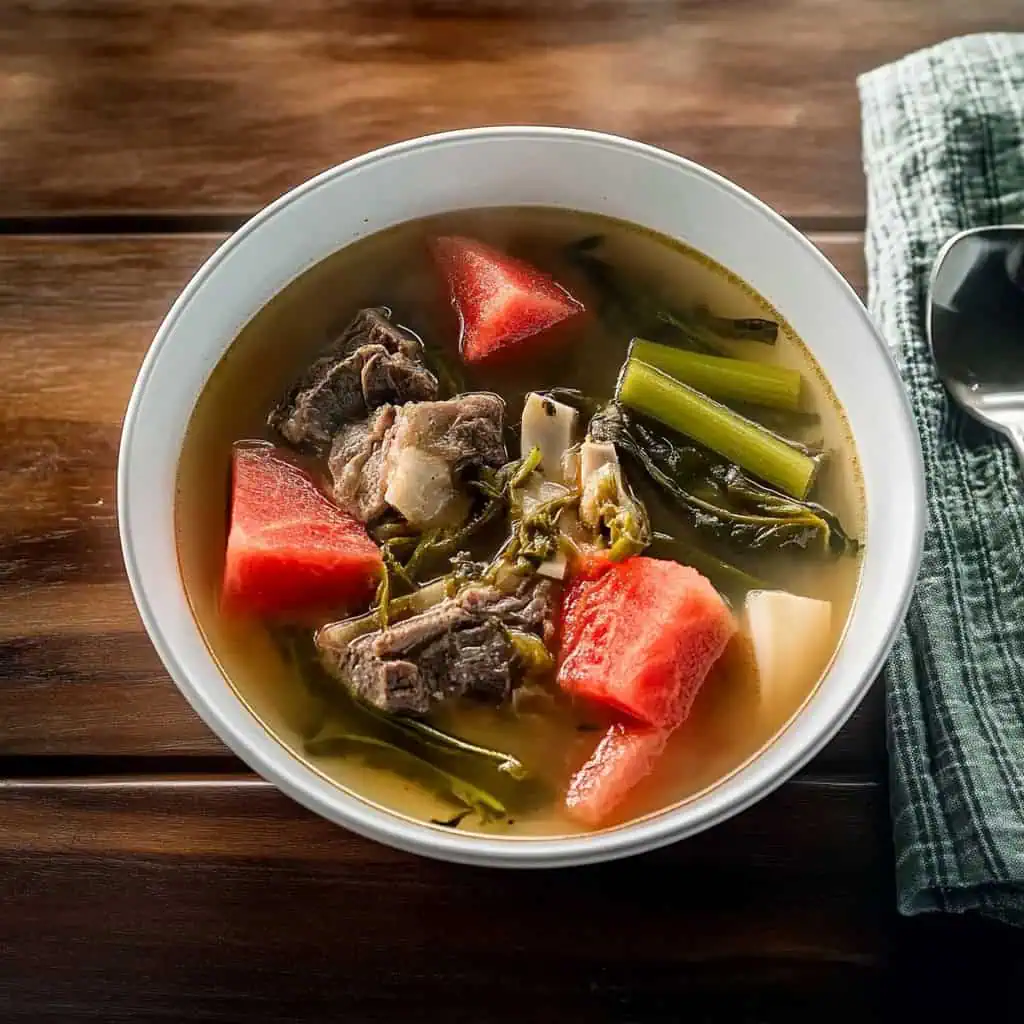

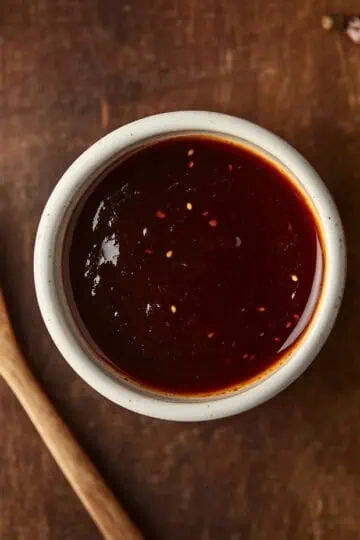

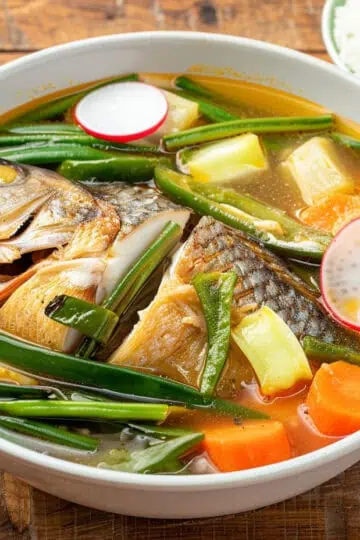
Comments
No Comments